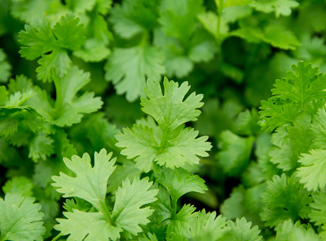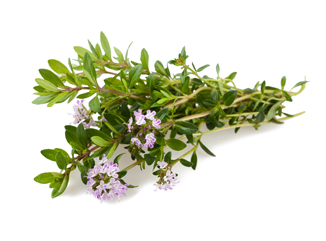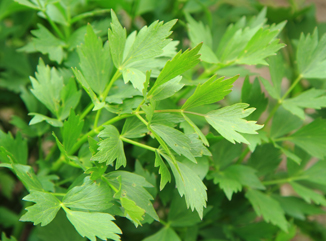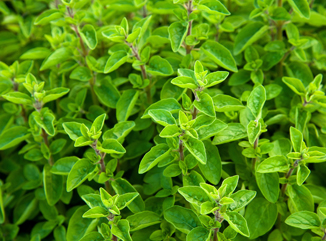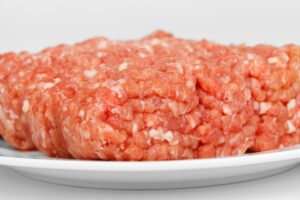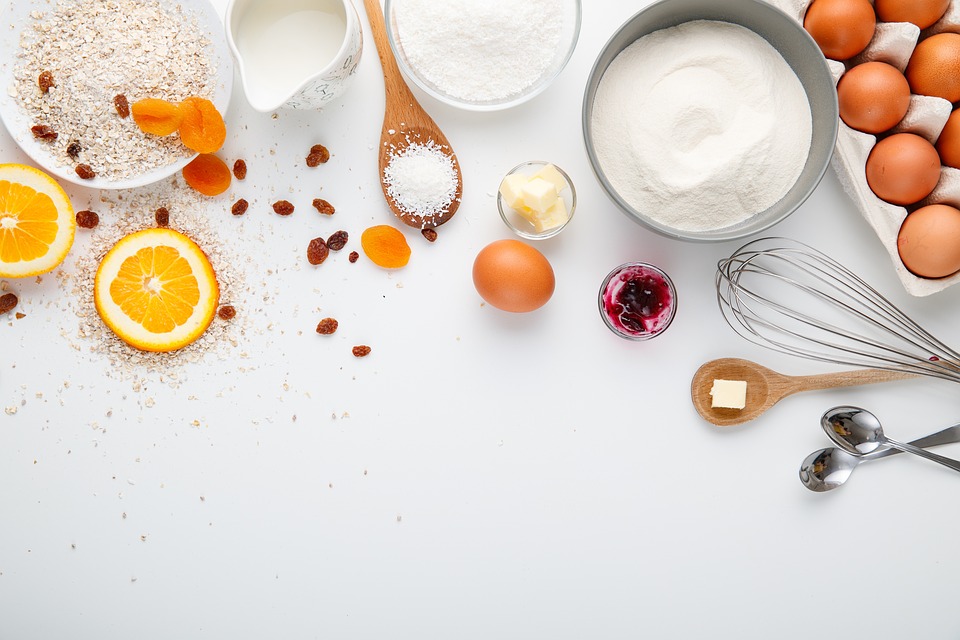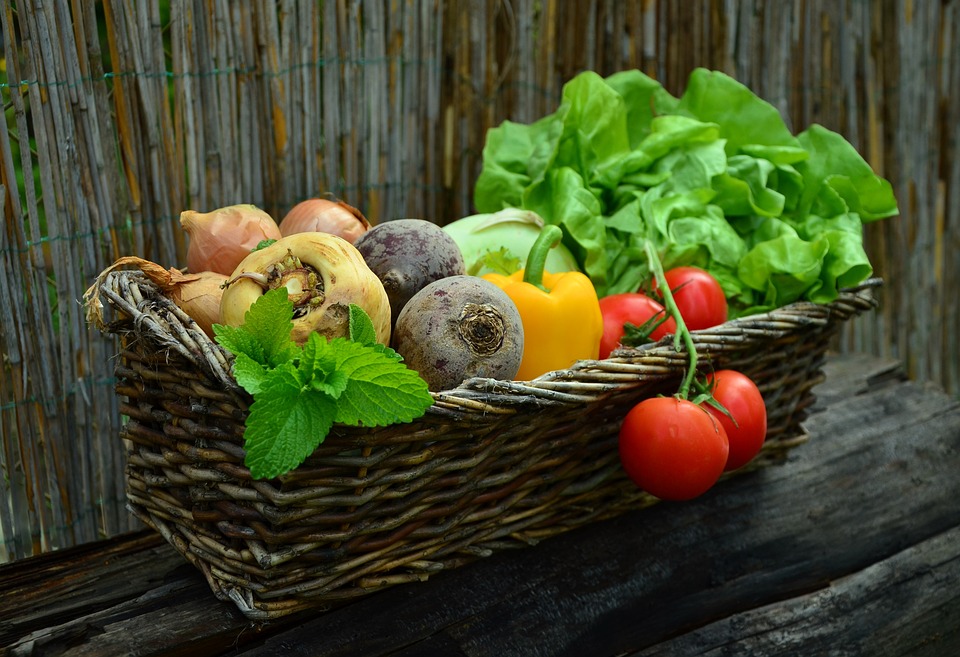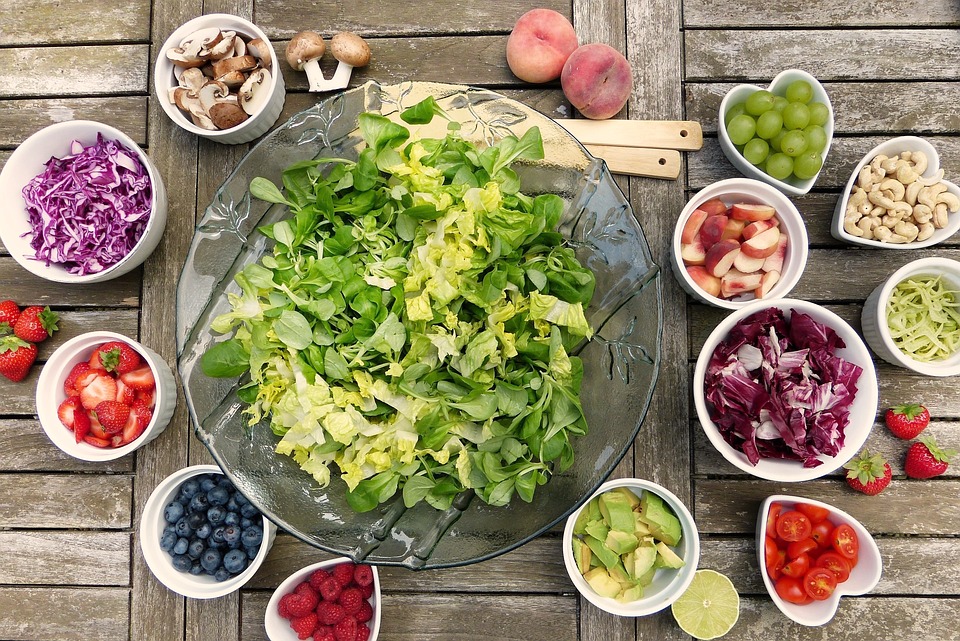1. Location and Soil
Coriander prefers a sunny to partially shaded location. The plants need well-drained, loose soil that is rich in organic matter. Coriander grows well in loamy or sandy soils with a pH level between 6.5 and 7.5. Avoid compacted soils, as coriander is sensitive to waterlogging.
2. Seed Preparation
Coriander seeds are actually double seeds, meaning each „seed unit“ contains two seeds. To improve germination, you can gently rub the seeds between your hands to separate them. It can also help to soak the seeds in lukewarm water overnight. This encourages faster germination.
3. Sowing
- Timing: Coriander can be sown outdoors from April to June, once the danger of frost has passed. In milder climates, you can also sow in autumn.
- Sowing: Sow the seeds directly into the ground in rows spaced about 25–30 cm (10–12 inches) apart. Cover the seeds with about 1 cm (0.4 inches) of soil. The plants should eventually be spaced around 20 cm (8 inches) apart.
- Watering: Keep the soil evenly moist during the germination phase, but avoid overwatering. Coriander typically takes 2–3 weeks to germinate.
4. Care after Germination
- Watering: Coriander likes consistent moisture but not too much water. Avoid wetting the leaves to prevent fungal diseases.
- Fertilizing: Coriander doesn’t need much fertilizer. Lightly feed with compost or an organic fertilizer. Avoid nitrogen-heavy fertilizers, as this can make the leaves weak.
- Weeding: Keep the bed weed-free to ensure the young plants get enough space and nutrients.
- Shade Protection: During very hot summer days, it can be helpful to shade the plants during the hottest part of the day, as coriander tends to bolt (produce flowers and seeds) under extreme heat.
5. Harvesting
- Harvesting leaves: You can start harvesting the leaves about 4–6 weeks after sowing when the plants reach around 15–20 cm (6–8 inches) in height. Only cut the outer leaves so the plant can continue growing. The more you harvest, the longer the plant will produce leaves.
- Harvesting seeds: If you allow the plant to flower, seeds will develop after blooming. These can be harvested in late summer or fall when they turn brown and dry. Cut the seed heads before they fall to the ground and allow them to ripen in a dry place.
6. Care Tips
- Succession planting: Coriander tends to bolt quickly, especially in hot weather. To ensure a continuous harvest, sow new seeds every 2–3 weeks.
- Pest control: Coriander is relatively pest-resistant. Occasionally, aphids or slugs may appear, which you can combat with natural remedies like neem oil or beer traps.
- Crop rotation: Coriander is a good companion plant for carrots, fennel, and other herbs. However, rotate its growing location each year to avoid soil depletion.
7. Usage
Coriander leaves are used fresh as a herb, while the seeds can be dried and used as a spice or in teas. It’s best to harvest the leaves right before using them to get the most flavor.
With these steps, you can successfully grow coriander from seeds and enjoy it for months!

